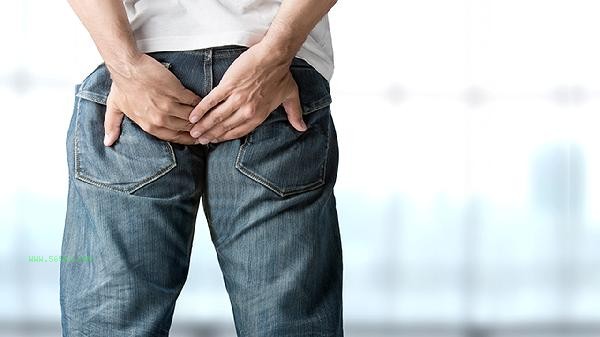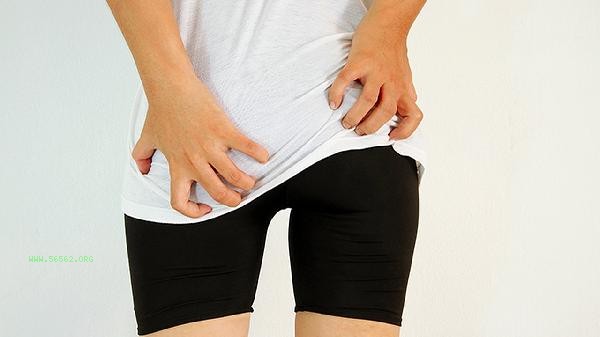Exercising gluteal muscles requires attention to standardized movements, intensity control, and recovery management to avoid sports injuries and improve training effectiveness. The main key points include warm-up preparation, movement selection, gradual weight-bearing, breathing coordination, stretching and relaxation.

1. Warm up Preparation
Dynamic warm-up for 10-15 minutes before training can activate the gluteal muscle group and reduce the risk of strain. Recommend hip joint wrap around and lateral lunge movements to improve hip flexibility through multi-directional movements. Avoid direct heavy training, as cold start can easily cause muscle fiber tearing.
2. Action Selection
Compound actions provide more comprehensive stimulation to the buttocks, such as squats, hard pulls, and buttock bridges, which can synchronously train the gluteus maximus and gluteus medius muscles. Isolation movements such as clamshell opening and closing are suitable for rehabilitation or beginners. Pay attention to maintaining a neutral position of the spine, aligning the knee joint with the toe direction, and avoiding compensatory force.
3. Gradual Load bearing
Starting from self weight training, gradually increase resistance, with a weekly load increase of no more than 10%. When using elastic bands or lightweight dumbbells, ensure that you can complete 12-15 standard steps before advancing. Sudden increase in weight may lead to lumbar compensation and chronic strain injury.

4. Breathing coordination
Exhaling during the exertion phase helps stabilize the core, while inhaling during squatting maintains abdominal pressure. Holding your breath can cause sudden changes in blood pressure, while breathing disorders may reduce muscle control. Suggest using 2-4 second rhythmic breathing to synchronize with the movement rhythm.
5. Stretching and Relaxing
After training, static stretching of the gluteal muscles for more than 30 seconds, pigeon style, supine knee hugging can relieve muscle tension. Cooperate with the rolling energy of foam shaft to improve the elasticity of fascia and reduce the soreness caused by lactic acid accumulation. Avoid prolonged sitting immediately after training, as it can affect blood circulation. Hip training should be adjusted according to individual differences, and individuals with lumbar disc herniation should avoid excessive forward leaning movements. It is recommended to schedule 2-3 training sessions per week, with 60-90 second breaks between groups, and at least 48 hours between training days to ensure recovery. supplementing high-quality protein and vitamin C in the diet can help with muscle repair, while maintaining 7 hours of sleep per day promotes growth hormone secretion. When there is persistent pain or joint clicking, it is necessary to consult a rehabilitation physician in a timely manner.









Comments (0)
Leave a Comment
No comments yet
Be the first to share your thoughts!